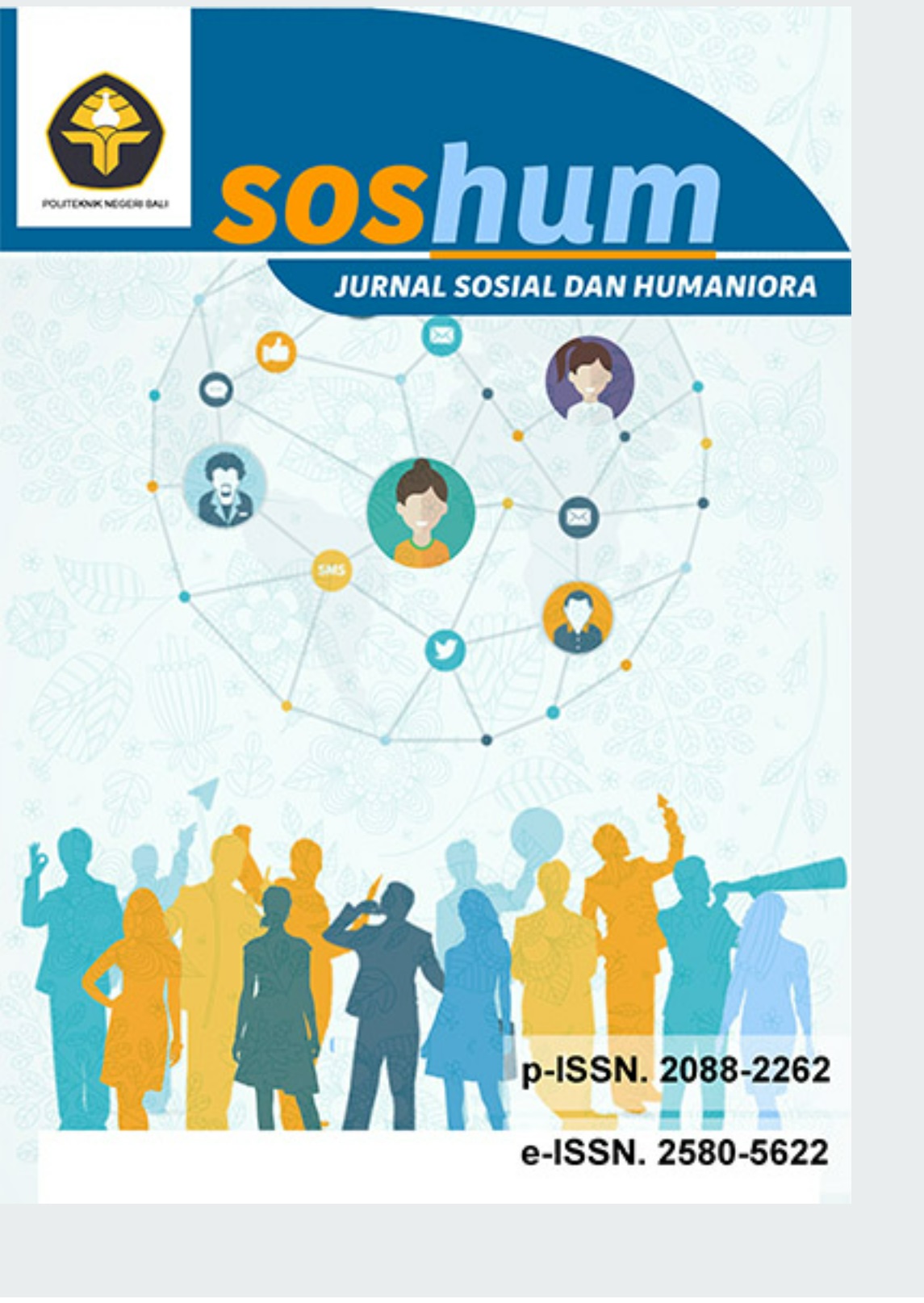The Concept of Sura in Kakawin Surantaka: Matrix and Models Analysis Based on Riffaterre's Semiotic Approach
DOI:
https://doi.org/10.31940/soshum.v15i1.79-88Keywords:
Kakawin, sura, Semiotics, Matrix, Model, VariantsAbstract
Kakawin Surantaka is an Old Javanese poetic work composed in Bali, depicting a fragment of the Mahabharata during the Pandavas' exile in the forest. The narrative centres on Arjuna, who encounters and triumphs over various adversaries throughout his journey. This study explores the concept of sura (heroism) in the text, as it embodies significant heroic values that remain relevant in fostering patriotism today. Using a qualitative approach, this research employs descriptive analysis and Riffaterre’s semiotic framework, focusing on the matrix, models, and variants within the literary structure. The study identifies key first-level models representing sura, including pĕjah (death), wira (bravery), anugraha (blessing), and śakta (devotion or abandonment). These concepts are then re-actualized through their variants in the text. The findings reveal that sura in Kakawin Surantaka represents a heroic figure characterized by courage, strength, inner harmony, and spiritual blessings. Such a hero must overcome both external and internal adversaries to achieve physical and spiritual fulfilment, ultimately attaining true peace. Through the semiotic analysis of matrix, model, and variant elements, the kakawin conveys a profound moral and spiritual message: true heroism is rooted in perseverance and wisdom, leading to victory in life’s challenges.Downloads
Published
2025-03-31
How to Cite
Pujana, I. B. A. W., Suarka, I. N., & Mulyawan, I. W. (2025). The Concept of Sura in Kakawin Surantaka: Matrix and Models Analysis Based on Riffaterre’s Semiotic Approach. Soshum: Jurnal Sosial Dan Humaniora, 15(1), 79–88. https://doi.org/10.31940/soshum.v15i1.79-88
Issue
Section
Articles






.png)

